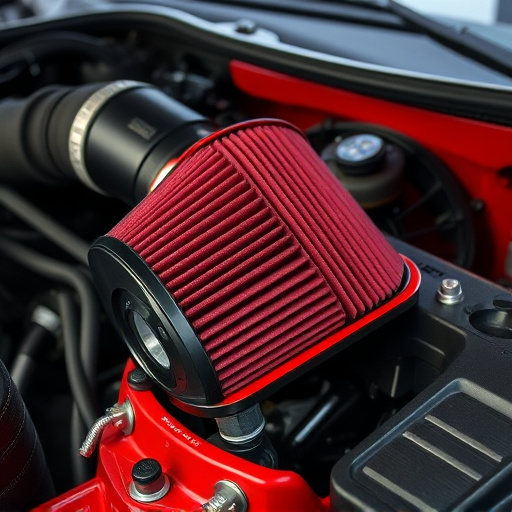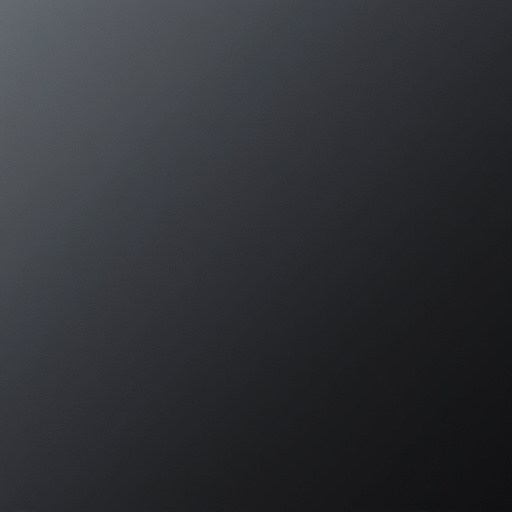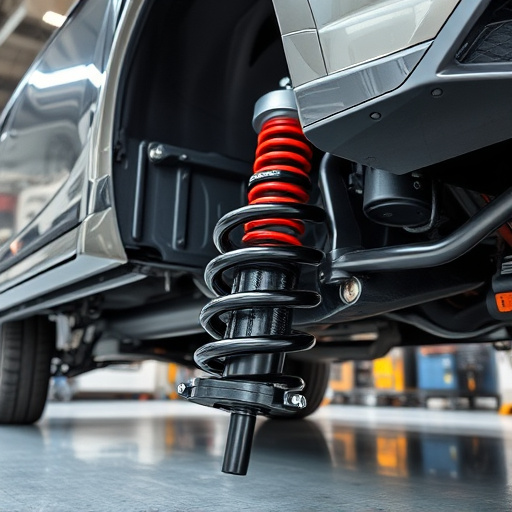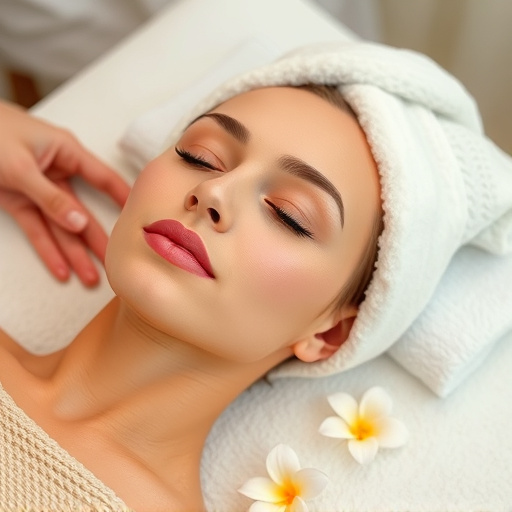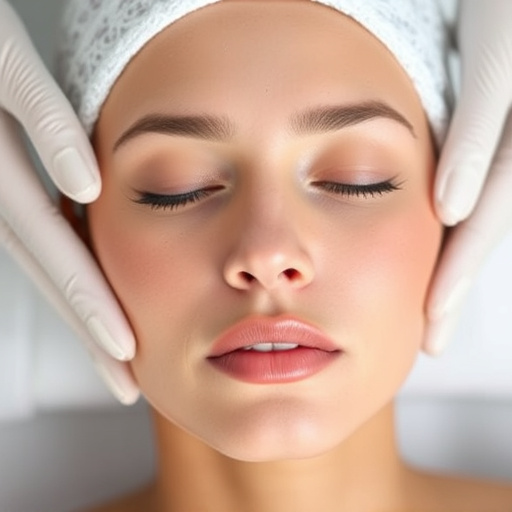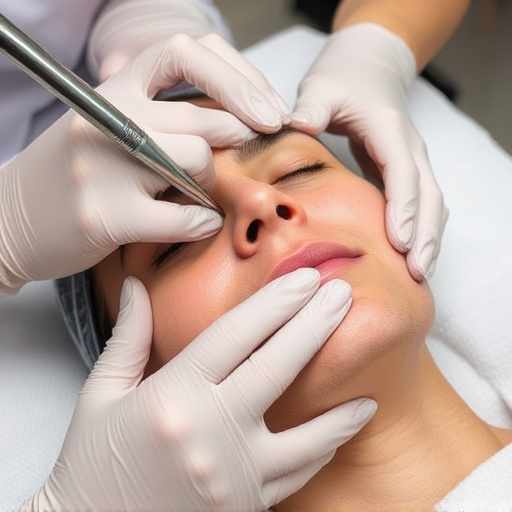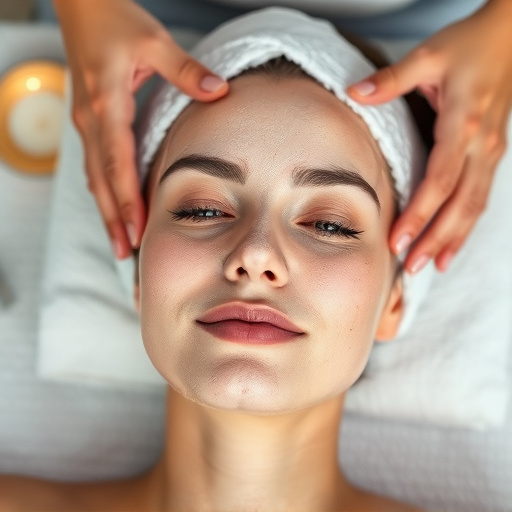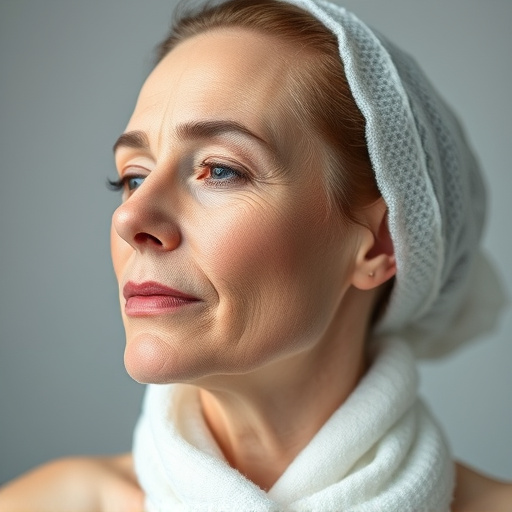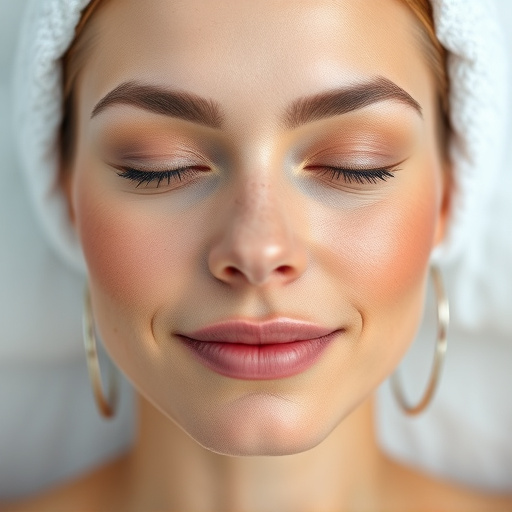Warts, caused by HPV, can be treated using various methods, including cryotherapy, salicylic acid, laser therapy, surgery, chemical peels, and aesthetic treatments. Understanding the type of HPV associated with warts is crucial for effective removal. Chemical peels and modern skin rejuvenation techniques offer safer alternatives to traditional methods, reducing infection risks. Always follow treatment instructions and consult healthcare professionals for guidance.
Looking for effective wart removal treatment? Warts can be unsightly and uncomfortable, but understanding their causes is the first step towards management. This article delves into different techniques for removing warts, focusing on methods that minimize infection risks. From topical treatments to professional procedures, we explore safe and proven strategies to eliminate warts, ensuring a clear and healthy skin outcome.
- Understanding Warts and Their Causes
- Effective Wart Removal Techniques
- Minimizing Infection Risks During Treatment
Understanding Warts and Their Causes
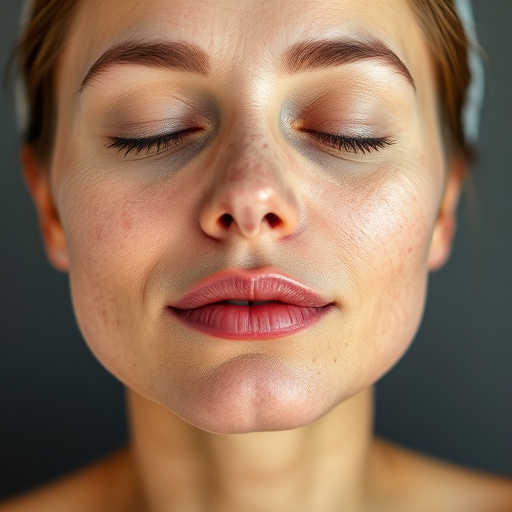
Warts are small, rough growths that can develop on various parts of the body, typically caused by the human papillomavirus (HPV). They are highly contagious and can spread through direct contact or by touching contaminated surfaces. Understanding the cause is a crucial step in selecting the most effective wart removal treatment.
Many warts are harmless but some types, like genital warts, may be indicative of a more serious HPV infection and require prompt medical attention. Common treatments include cryotherapy (freezing), salicylic acid, laser therapy, and surgical excision. Chemical peels and aesthetic treatments, including anti-aging procedures, have also shown promise in certain cases, offering alternative approaches to traditional wart removal methods.
Effective Wart Removal Techniques
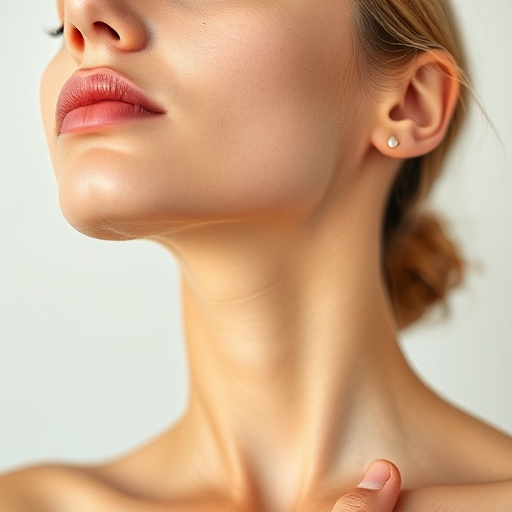
When it comes to effective wart removal techniques, several options exist that can minimize infection risks. Traditional methods include cryotherapy, where warts are frozen off, and surgical excision, which involves physically removing the growths. However, modern approaches offer safer and more comfortable alternatives.
Chemical peels, for instance, use specialized chemicals to dissolve away dead skin cells and stimulate new growth, often with minimal pain. Hydrating facials can also play a role by maintaining the skin’s health and moisture levels, creating an environment less conducive to wart development and infection. Many medical spa services now offer comprehensive wart removal treatment plans that combine these techniques for optimal results while prioritizing patient safety.
Minimizing Infection Risks During Treatment

When considering any wart removal treatment, it’s crucial to be aware of potential infection risks. Many common methods, like over-the-counter creams and cryotherapy, can be effective but also pose a risk for skin irritation and infection if not used properly. To minimize these dangers, always follow the instructions provided with your chosen treatment and consult a healthcare professional if you have any concerns or see signs of infection, such as redness, swelling, warmth, or pus.
One method that offers a lower infection risk is chemical peels. These treatments use diluted acids to gently remove layers of damaged skin, stimulating collagen production and revealing smoother, healthier skin beneath. Since the process involves controlled removal of skin layers, it minimizes the chances of introducing bacteria into the wound bed, reducing the risk of infection compared to some other wart removal techniques. Similarly, skin rejuvenation treatments, often involving laser technology or microdermabrasion, can be effective for wart removal while also promoting overall skin health and reducing potential complications.
When seeking wart removal treatment, it’s crucial to prioritize methods that minimize infection risks. By understanding wart causes and employing effective removal techniques, you can significantly reduce the chances of complications. Remember, a professional medical approach is often the best course of action for safe and successful wart removal.
